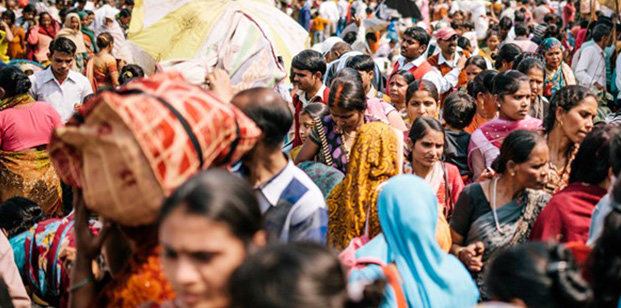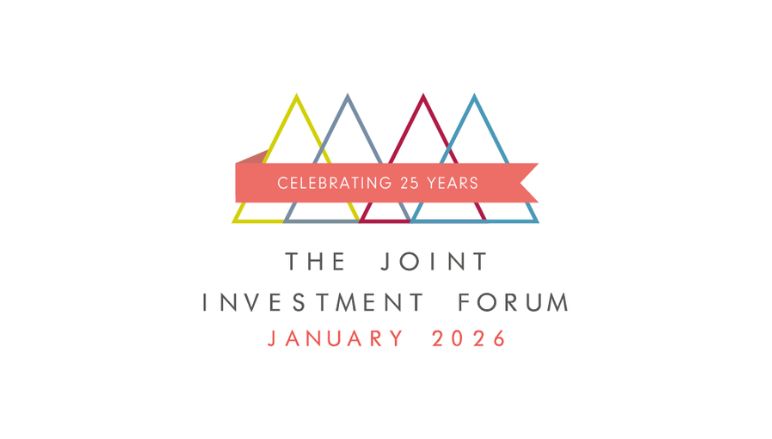It’s been a tough period for investors in India. Can the market revive?
- The Indian market (BSE Sensex) has lagged the Chinese market (Shanghai Composite) by more than 20% over the past 12 months
- The country still faces a tariff problem, plus curbs on the H-1B visas
- Goods exports to the US make up just 2% of India’s GDP
The five day celebration of Diwali starts on 20th October. This year’s Festival of Lights may help many Indians forget the gloomy performance of the country’s stock market this year. Having been one of the best performing markets of the decade, it has slipped to the bottom of the tables, with tariffs, ambitious valuations and economic setbacks all contributing to its weakness.
In general, it has been sensible to buy India every time the market has dropped. The market tends to be expensive compared to its emerging market peers, and any opportunity to buy at lower valuations has usually been rewarded as market momentum resumed.
In this instance, there are some concerns. Valuations are still rich, even though the Indian market (BSE Sensex) has lagged the Chinese market (Shanghai Composite) by more than 20% over the past 12 months. This is a particular problem for the small and mid-cap companies, where expectations became inflated.
Then there is the tariff problem. India is currently facing tariffs of 50% – 25% of which are attributable to its continued imports of Russian energy. The country had thought itself well-aligned with the US - Modi and Trump appeared to have a similar ‘strong man’ style – and the high tariffs were unexpected. Trump has also imposed high fees for the US’s H-1B visa, which disproportionately affects Indian workers and has hurt the share prices of some of the country’s technology firms.
Nevertheless, it would be wrong to overstate the US’s direct influence on the Indian economy. The country is relatively self-sufficient, and goods exports to the US make up just 2% of India’s GDP. Trump appears to care little for services exports, which would have hit India harder. India might be vulnerable if the global economy slowed in response to Trump’s erratic approach to economic decision-making, but it wouldn’t be an outlier on this.
Equally, the long-term trajectory for India still appears to be intact. The economy is still forecast to grow at 6-7% over the next two years. That makes it the fastest growing major economy in the world. Equally, it has a long runway of potential growth – its per capita GDP is just $2,880, compared to China’s level of $13,690
The long-term outlook for India remains strong. The gamble for investors is whether it will get cheaper in the short-term, as sentiment over tariffs weighs on the stock market. Equally, it doesn’t have a lot to offer on AI, which may prove to be good or bad depending on whether the technology lives up to its promise. Either way, it is a more compelling option today than it was at last year’s Diwali.


















